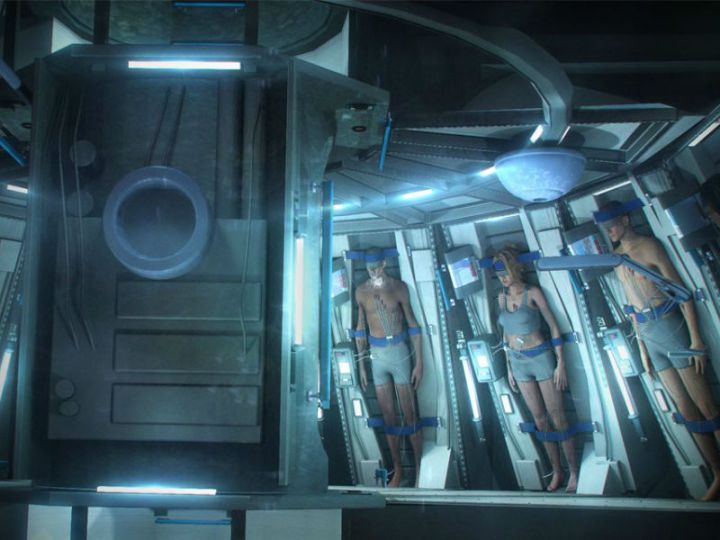
Doctors refer to this strategy as something called “therapeutic hypothermia.” Essentially, the body is cooled slowly to a temperature between 32 and 34 degrees Celsius (normal body temperature is 37C). This will slow down both heart rate and blood pressure, giving doctors additional time to work on serious health issues.
The patient stays in stasis for about 2-4 days, although the technique has worked for as long as two weeks without any measurable harm. There’s evidence that even longer periods of stasis may be possible: a Japanese man once survived 24 days in a hypothermic state after a fall off a mountain ledge in Japan.
Bradford hopes through additional work to extend the safe period for stasis out to months, and says this technology and the equipment necessary can be automated easily and made space-ready.
Now, don’t assume that these stasis chambers will be like those you see in science fiction movies. While single person pods do work well, having enough of these would add a lot of additional weight to a spacecraft. Instead, Spaceworks is working on an open chamber capable of holding multiple crew members.
“There would be some robotic arms and monitoring systems taking care of [the passengers]. They’d have small transnasal tubes for the cooling and some warming systems as well, to bring them back from stasis,” Bradford told Quartz in an interview. Another key difference from sci-fi is how stasis would work.
Instead of a single period of stasis, crew members would have rolling periods of stasis, which would also offer a benefit in that someone would always be awake to respond to emergencies and perform monitoring tasks of other crew members still in stasis.
While stasis seems to be figured out, there are other issues that are not. One of the biggest is the long-term effects of low gravity, which can lead to a whole host of medical issues. Bradford and his team are working on methods to keep crew members “exercising” even during stasis: one potential solution being electrical stimulation — already used in physical therapy today.
Current plans are to start animal testing next year, followed by human tests in space and aboard the International Space Station. In the long term, Spaceworks is already starting to think about interstellar space missions, and how such a stasis system may be able to support hundreds of crew members aboard these ships.


